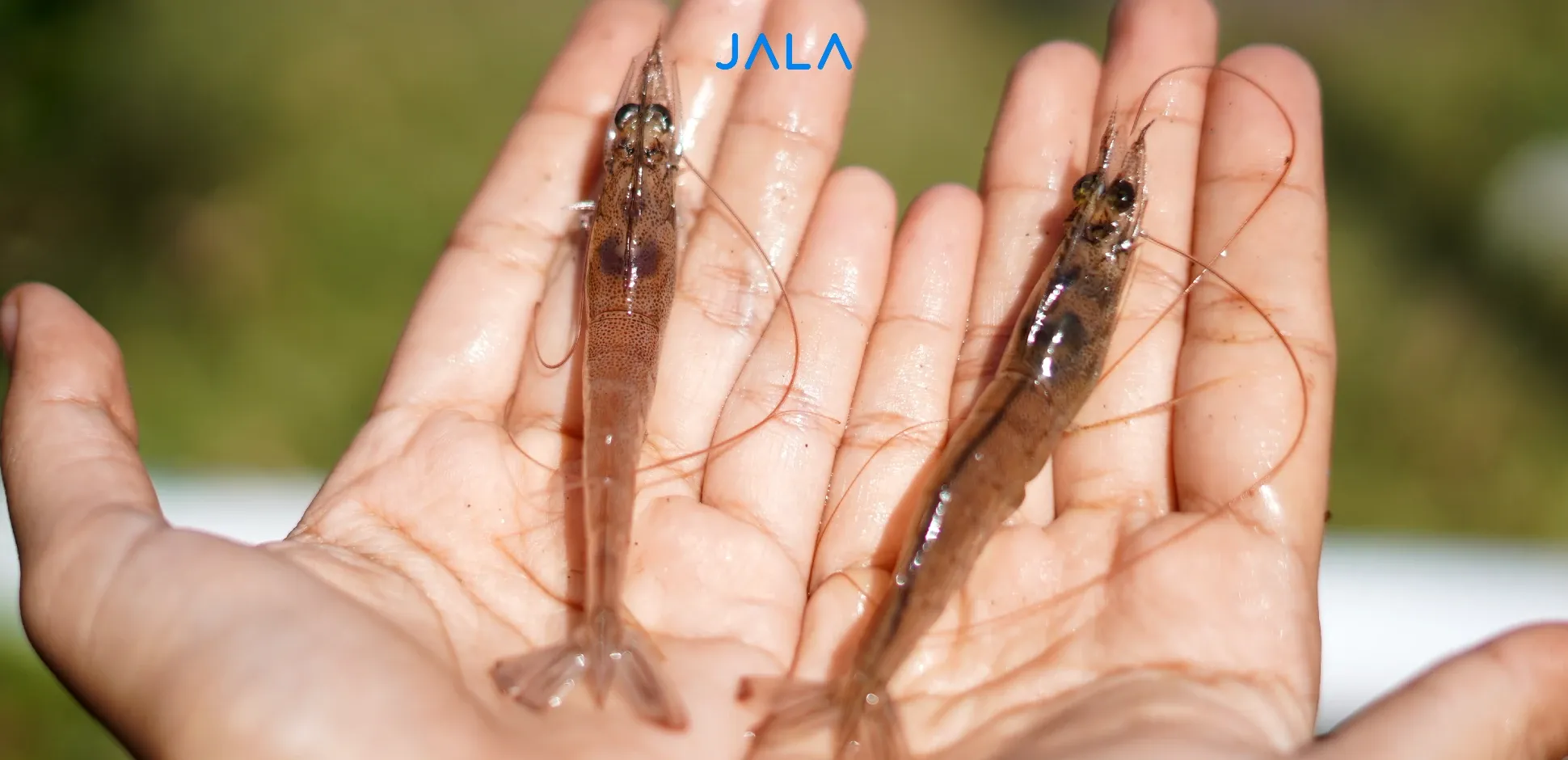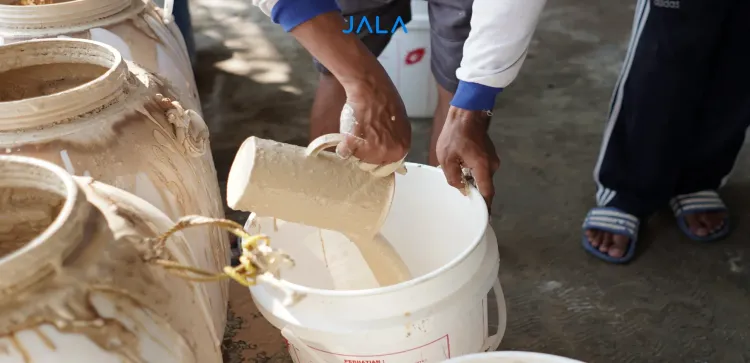
Vannamei shrimp is one of the popular commodities that is cultivated in Indonesia. Although considered a marine shrimp, vannamei shrimp thrives well in brackish cultivation environments. If you are interested in cultivating vannamei shrimp, you first need to get familiar with the morphology or structure and body parts of vannamei shrimp. Learn the full details in this article!
Contents
Related ArticlesLogin to Read the Full Article
Use your Jala account to read this article. If you don't have an account, please register on Jala App.





